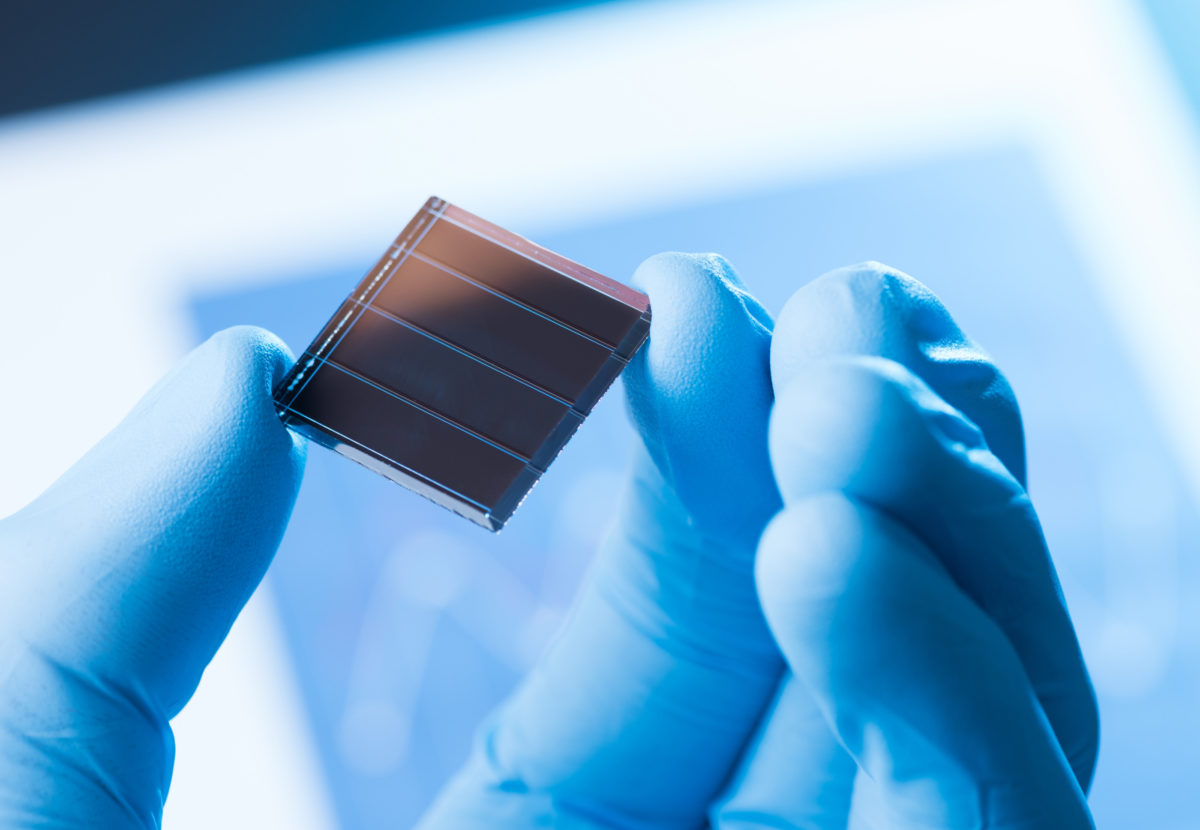Techniques that delve deeply into materials and observe mechanisms at work, right down to the scale of individual atoms, are vital for scientists in PV to understand where performance is being held back, and where performance-boosting improvements could be made. And this is particularly true for materials in the organic PV space, where complex interactions within the material often hold back the performance of what could develop into low-cost, high-performance cells made from cheap and abundant materials.
A group of scientists led by Imperial College London has been hard at work on such methods for several years, first introducing its technique to generate “fast X-rays” back in 2018. More recently, scientists at the university began to apply this technique to research in the solar cell space, seeking to observe how individual particles behave as light hits them.
The insights gained from observations like these could open up new pathways for further investigation, and lead to rapid improvements in performance of organic PV (OPV) cells.
“OPVs are cheap and flexible alternatives to silicon-based photovoltaics, and so are an attractive prospect for use in future solar energy generation infrastructure,” said Imperial College physicist Jon Marangos. “This work demonstrates the power of our new time-resolved X-ray technique, which can now be applied to a wider range of materials and may provide the understanding needed for making more efficient OPV devices.”
The full details of the laser technique and observation of organic PV cells can be found in “Direct observation of ultrafast exciton localization in an organic semiconductor with soft X-ray transient absorption spectroscopy,” which was recently published in Nature Communications. The group fired a laser lasting 15 femtoseconds at the material to begin the mechanism by which it converts light into electricity, and followed this with a tiny x-ray pulse, lasting just a few attoseconds (millionths of a billionth of a second), which served to measure the changes in the material caused by the laser light pulse.
Popular content
Their initial results show that changing the distance between chains of molecules in the material may be worth pursuing in future research, as well as demonstrating the technique’s effectiveness.
“This sensitivity of the time-resolved x-ray method to the initial electron dynamics occurring directly after excitation by light paves the way for new insights into the photophysics of a wide range of organic optoelectronic and other materials,” said Artem Bakulin, a scientist in Imperial College’s Department of Chemistry.
The group now plans to apply the technique to different organic PV modules known to have potential for much higher efficiency than has been achieved so far.
This content is protected by copyright and may not be reused. If you want to cooperate with us and would like to reuse some of our content, please contact: editors@pv-magazine.com.



By submitting this form you agree to pv magazine using your data for the purposes of publishing your comment.
Your personal data will only be disclosed or otherwise transmitted to third parties for the purposes of spam filtering or if this is necessary for technical maintenance of the website. Any other transfer to third parties will not take place unless this is justified on the basis of applicable data protection regulations or if pv magazine is legally obliged to do so.
You may revoke this consent at any time with effect for the future, in which case your personal data will be deleted immediately. Otherwise, your data will be deleted if pv magazine has processed your request or the purpose of data storage is fulfilled.
Further information on data privacy can be found in our Data Protection Policy.